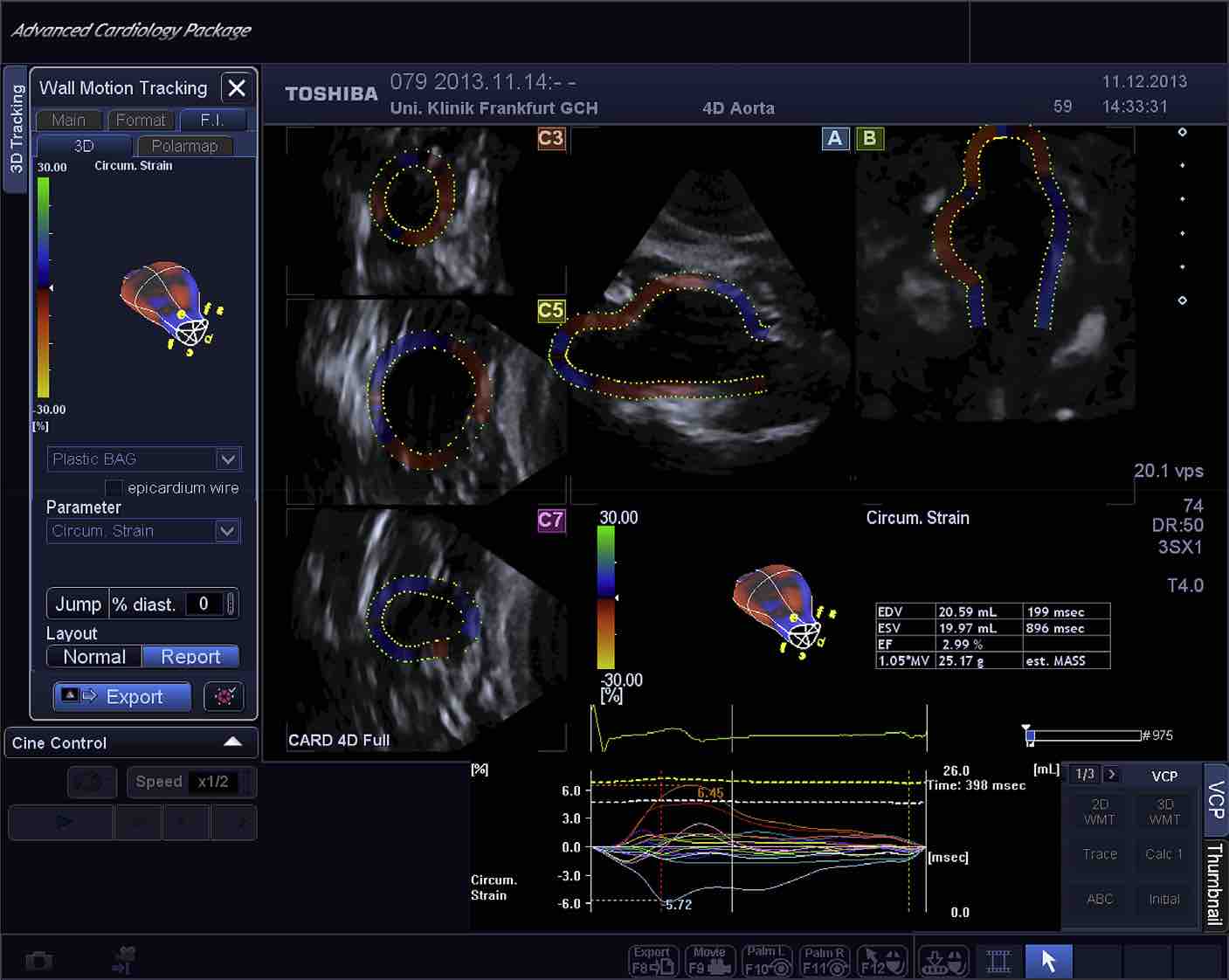Ref. EJVES MAY 2916
This is a series of a 100 cases, with total 224 chimney/periscope devices used. The outcome are fairly good as follows:
CPG immediate technical success was 99% (222/224 branches). Mean follow up was 29 months (range 0–65; SD 17); 59% patients were followed > 2 years, 30% > 3 years, and 16% > 4 years. Post-operatively, CPG occlusion was observed early (≤30 days) in three (1.3%) branches and during follow up in 10 (4.5%). At 36 and 48 months, the estimated primary patency was 93% and 93%. After corrective percutaneous (10) or surgical (3) re-interventions, the estimated secondary patency was 96% and 96%. Thirty day mortality was 2%; at 36 and 48 months the estimated patient survival was 79%. Significant shrinkage (72 [SD 23] vs. 62 [SD 24] mm; p < .001) was observed, with a substantial reduction (>5 mm) in 55 patients, and sac enlargement in four. Incomplete aneurysm sac sealing was treated successfully by a secondary intervention in 15 patients.



